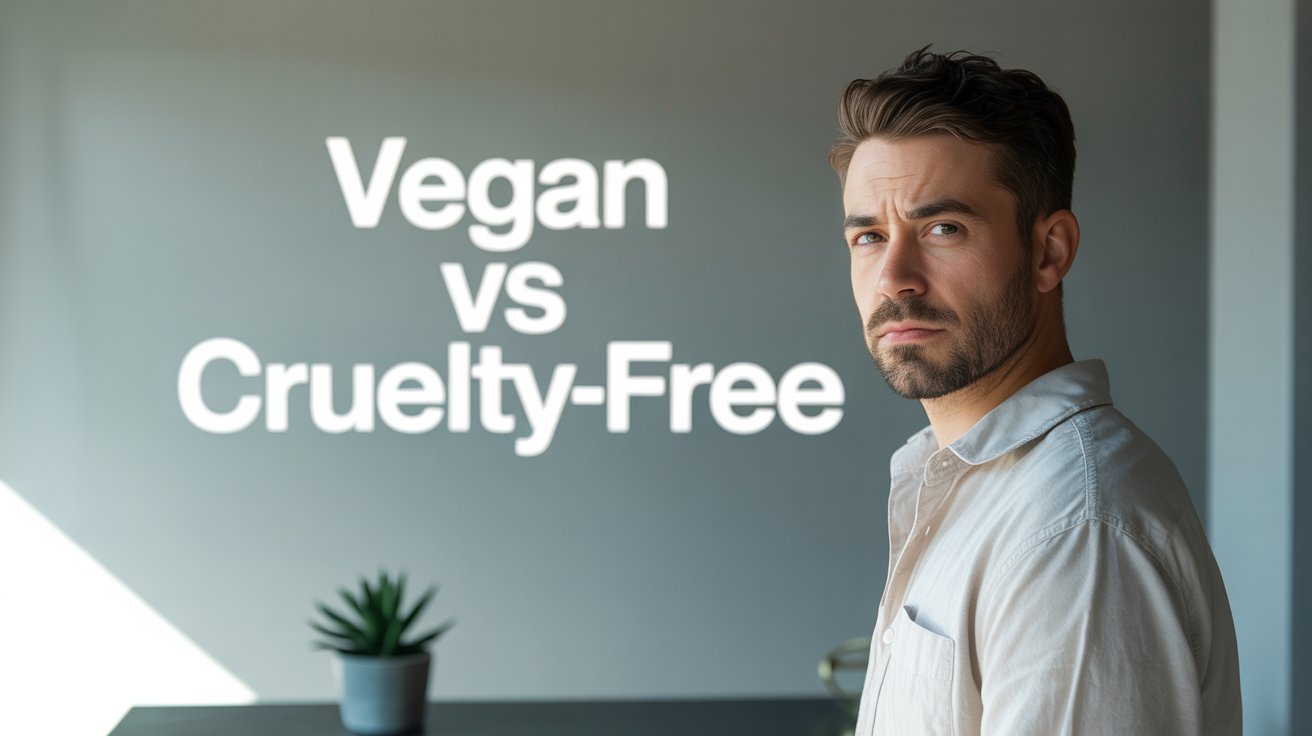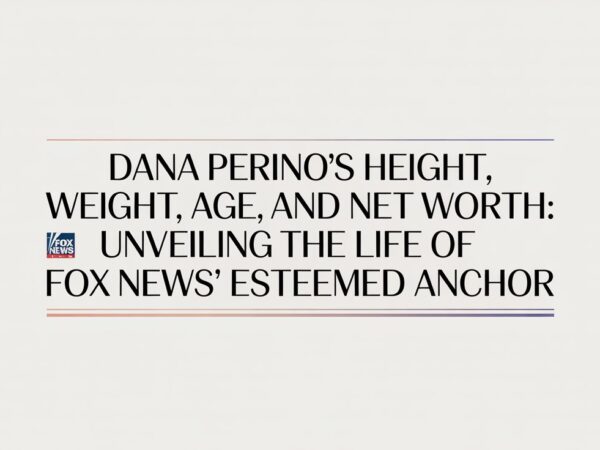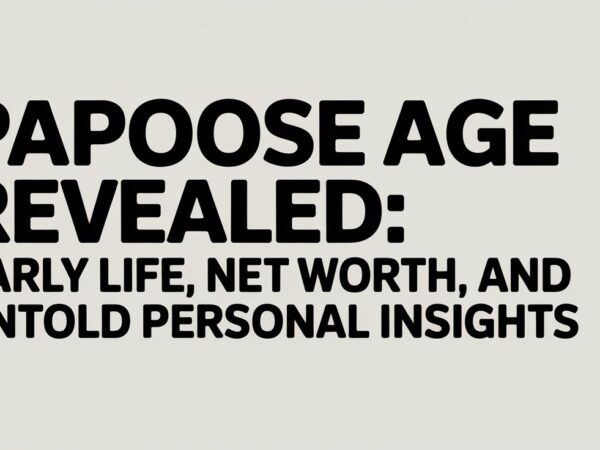Vegan vs Cruelty-Free: Understanding the Difference and Making the Right Choice

When you step into the beauty aisle or scroll through your favorite skincare brand’s website, you’ll often find terms like “vegan” and “cruelty-free” stamped across packaging. At first glance, they may look like interchangeable claims, but in reality, they represent two very different ethical standards. Understanding the vegan vs cruelty-free distinction isn’t just about shopping smarter—it’s about aligning your values with the products you buy. In this article, we’ll explore what each term means, the laws surrounding them, how to identify authentic certifications, and ultimately, which choice might best fit your lifestyle.
What Does Vegan Mean in Cosmetics?
A vegan cosmetic product is one that does not contain any animal-derived ingredients or by-products. This means that commonly used ingredients like beeswax, honey, lanolin (from sheep’s wool), carmine (a red pigment from crushed beetles), collagen, gelatin, and keratin are absent. Instead, vegan-friendly brands turn to plant-based or synthetic alternatives such as plant oils, vegetable glycerin, fruit waxes, and mineral pigments.
However, here’s a crucial point: just because a product is vegan doesn’t automatically make it cruelty-free. It may avoid animal-based ingredients but could still have been tested on animals during product development, depending on the laws and practices of the region where it was manufactured or sold.
What Does Cruelty-Free Mean?
On the other hand, cruelty-free focuses on the testing process. A cruelty-free product has not been tested on animals at any stage of its development—from raw materials to the final product. Importantly, this also means the brand does not outsource testing to third parties and does not sell in markets where animal testing is legally required.
That said, a cruelty-free product is not necessarily vegan. For example, a brand could produce a cruelty-free lip balm that still contains beeswax or lanolin. This is why distinguishing between the two terms is essential for ethical shoppers.
Vegan vs Cruelty-Free: The Core Difference
The heart of the vegan vs cruelty-free debate lies in scope. Vegan focuses on the ingredients inside a product, while cruelty-free focuses on the methods used to test the product. A truly ethical and animal-conscious purchase would ideally meet both standards: free from animal-derived ingredients and never tested on animals.
The Legal Landscape: Global Differences
One of the biggest complications in the vegan vs cruelty-free debate is that definitions aren’t standardized worldwide, and laws vary significantly by region.
- European Union & UK: The EU banned cosmetic animal testing years ago, but exceptions remain due to REACH regulations, which sometimes still require animal data for chemical safety. So while many products are marketed as cruelty-free in Europe, there are legal loopholes.
- United States: The U.S. does not have a federal ban on animal testing for cosmetics. Instead, several states such as California, New York, and New Jersey have implemented sales bans on animal-tested products. This patchwork approach makes things confusing for consumers.
- China: Historically, China required animal testing on all imported cosmetics. However, reforms since 2021 now allow exemptions for many “general use” products if strict conditions are met. Still, certain categories and safety concerns may trigger mandatory tests.
Understanding these legal nuances is key, especially if you buy products from international brands.
Certifications: How to Verify Vegan or Cruelty-Free Claims
Since marketing language can be misleading, third-party certifications are the gold standard for verifying claims.
- Cruelty-Free Certifications
- Leaping Bunny: One of the most trusted logos, backed by rigorous supply-chain audits and annual commitments.
- PETA’s Beauty Without Bunnies: Widely recognized, though less strict than Leaping Bunny in some areas.
- Vegan Certifications
- The Vegan Society’s Vegan Trademark: Ensures no animal-derived ingredients in any part of the supply chain.
- Certified Vegan: Another trusted label, similar in standards but run by a different organization.
A quick scan for these logos on packaging can save you time and assure you of a product’s ethical standing.
Common Non-Vegan Ingredients to Watch Out For
Even with vegan labels growing in popularity, animal-derived ingredients still sneak into many products. Here are some common ones to keep an eye on:
- Beeswax & Honey – Used in lip balms, mascaras, and moisturizers.
- Lanolin – Derived from sheep’s wool, often found in lotions and lip products.
- Carmine – A deep red pigment from crushed insects, used in lipsticks and blush.
- Collagen & Keratin – Animal proteins used in anti-aging creams and hair products.
- Shellac & Guanine – Adds shine to nail polishes or shimmer to eyeshadows.
Being aware of these ingredients can help you spot when a product is vegan—or when it’s not.
Parent Companies & Third-Party Testing
Another grey area arises when cruelty-free brands are owned by larger corporations that still conduct animal testing in other divisions. For some consumers, this connection is a dealbreaker. Others believe supporting cruelty-free subsidiaries helps push parent companies toward better practices. Similarly, brands that outsource production or testing to third parties can sometimes muddy the water, making certifications even more important.
Side-by-Side Comparison: Vegan vs Cruelty-Free
| Feature | Vegan | Cruelty-Free |
|---|---|---|
| Focus | Ingredients | Testing methods |
| Animal Ingredients | Excluded | May still be present |
| Animal Testing | Not guaranteed | Excluded |
| Verification | Vegan Trademark, Certified Vegan | Leaping Bunny, PETA |
| Best For | Consumers avoiding animal-derived products | Consumers avoiding animal testing |
Regional Shopping Tips
- If you live in the EU/UK: Look for Leaping Bunny and Vegan certifications, as laws still leave loopholes under REACH.
- If you live in the US: Rely on certifications since federal law doesn’t fully protect against animal testing. Check your state’s legislation too.
- If you buy products from China: Research carefully, as some exemptions apply but not across all categories. Brands selling there may still test under certain conditions.
How to Verify a Brand Quickly
If you’re short on time but want to make sure your purchase aligns with your values, here’s a simple checklist:
- Look for certification logos (Leaping Bunny or Vegan Trademark).
- Read the brand’s official animal-testing statement on their website.
- Check whether the brand’s parent company tests on animals.
- Confirm whether the product sells in markets with mandatory animal-testing laws.
- Scan ingredient lists for animal-derived substances.
Pros and Cons of Each Approach
- Choosing Vegan Products
- ✅ Ensures no animal ingredients.
- ❌ Doesn’t guarantee freedom from animal testing.
- Choosing Cruelty-Free Products
- ✅ Guarantees no animal testing.
- ❌ May still contain animal by-products.
- Best Choice?
For those who want a holistic ethical approach, combining both is the ideal standard: a vegan and cruelty-free certified product.
FAQs About Vegan vs Cruelty-Free
Is cruelty-free the same as vegan?
No. Cruelty-free means no animal testing, while vegan means no animal-derived ingredients.
Can a product be vegan but not cruelty-free?
Yes. For example, it may use plant-based ingredients but still undergo animal testing.
Which certification is the most reliable?
The Leaping Bunny for cruelty-free and The Vegan Society for vegan products are among the most rigorous.
Do EU bans mean all products are cruelty-free?
Not entirely, as some ingredients may still undergo animal testing under chemical safety laws.
Final Takeaways
The vegan vs cruelty-free distinction is more than marketing jargon—it’s about two very different aspects of ethics in beauty and skincare. Vegan products focus on eliminating animal-derived ingredients, while cruelty-free products focus on preventing animal testing. For consumers who want the best of both worlds, the ideal approach is to seek products that are both vegan and cruelty-free certified. As laws evolve and awareness grows, your purchasing power can help drive the cosmetics industry toward a more compassionate and transparent future.
Do Read: Where Are Tru Earth Laundry Strips Made? 2025 Global Guide







